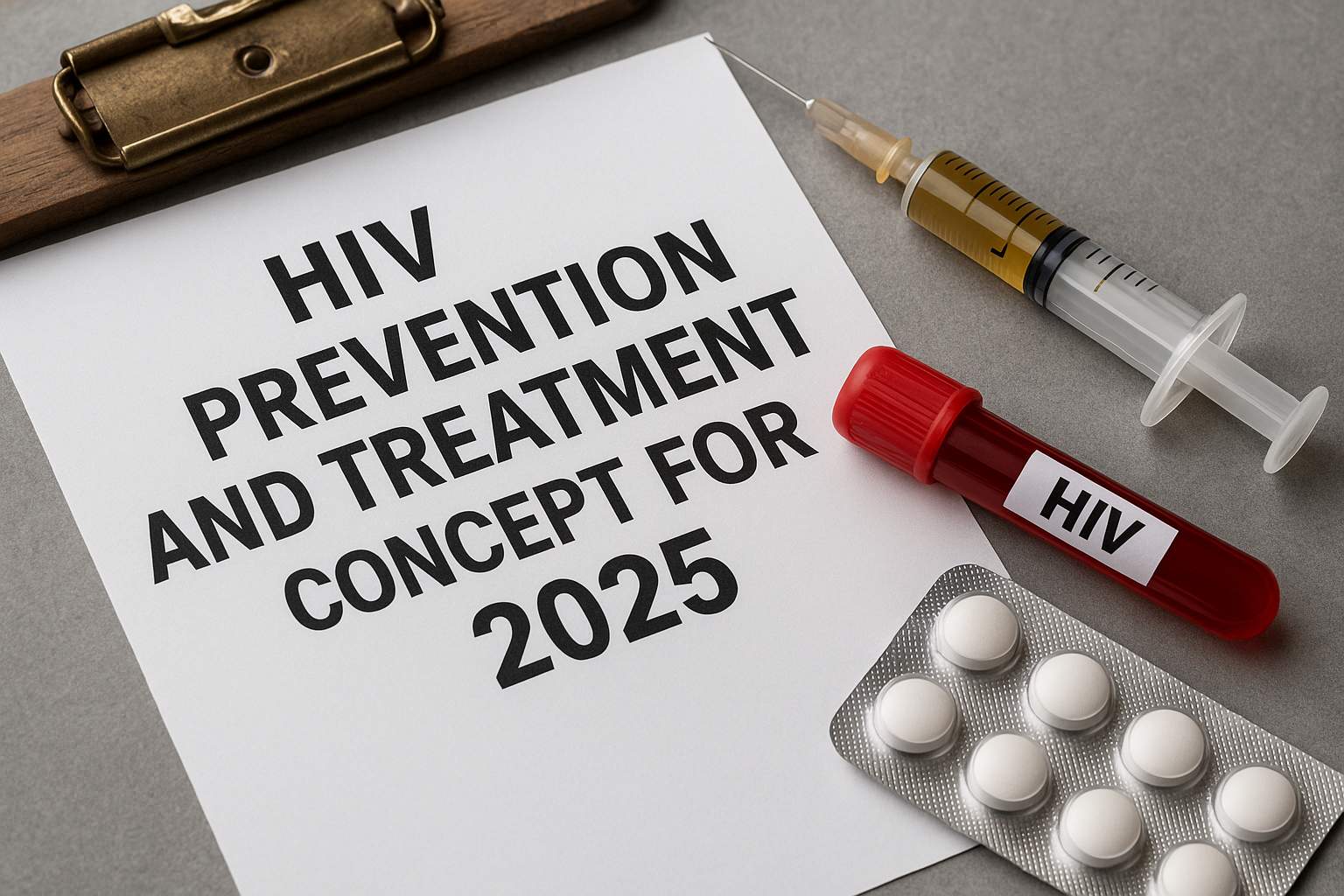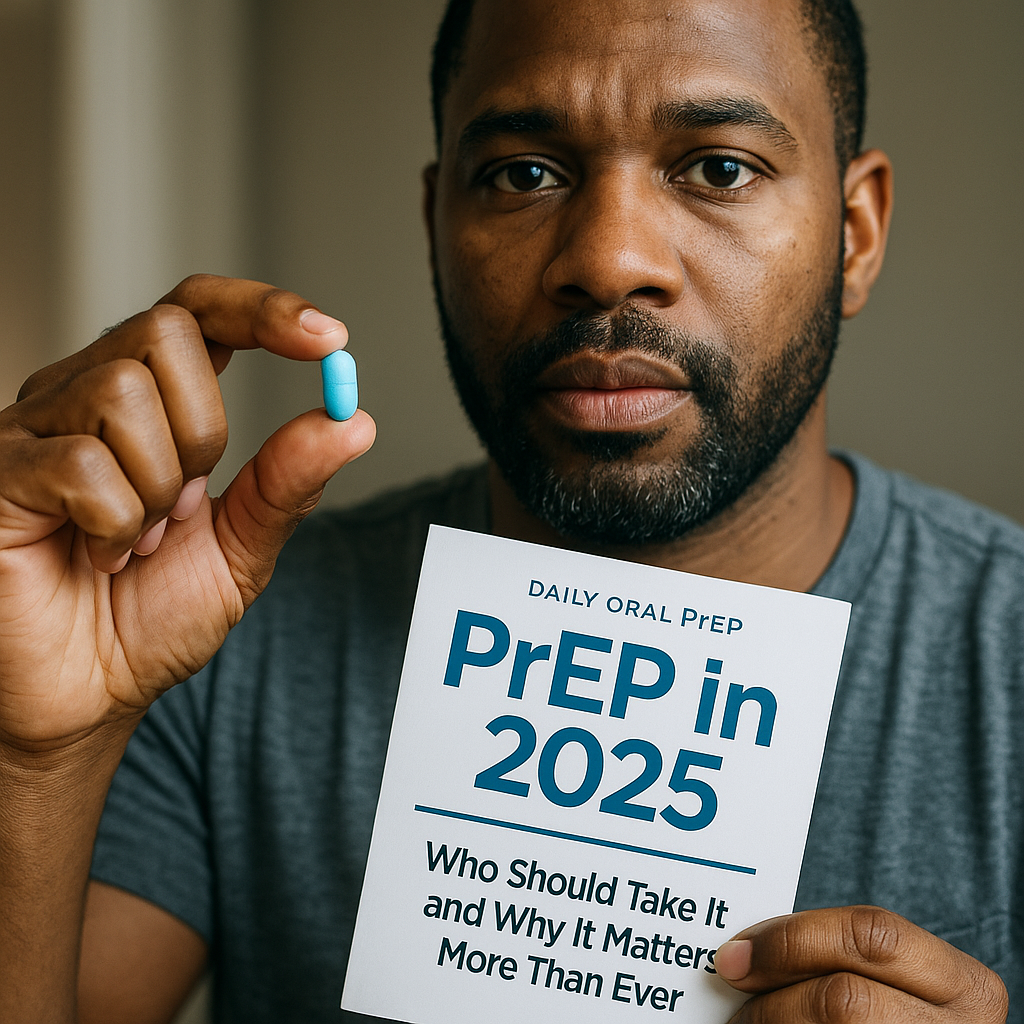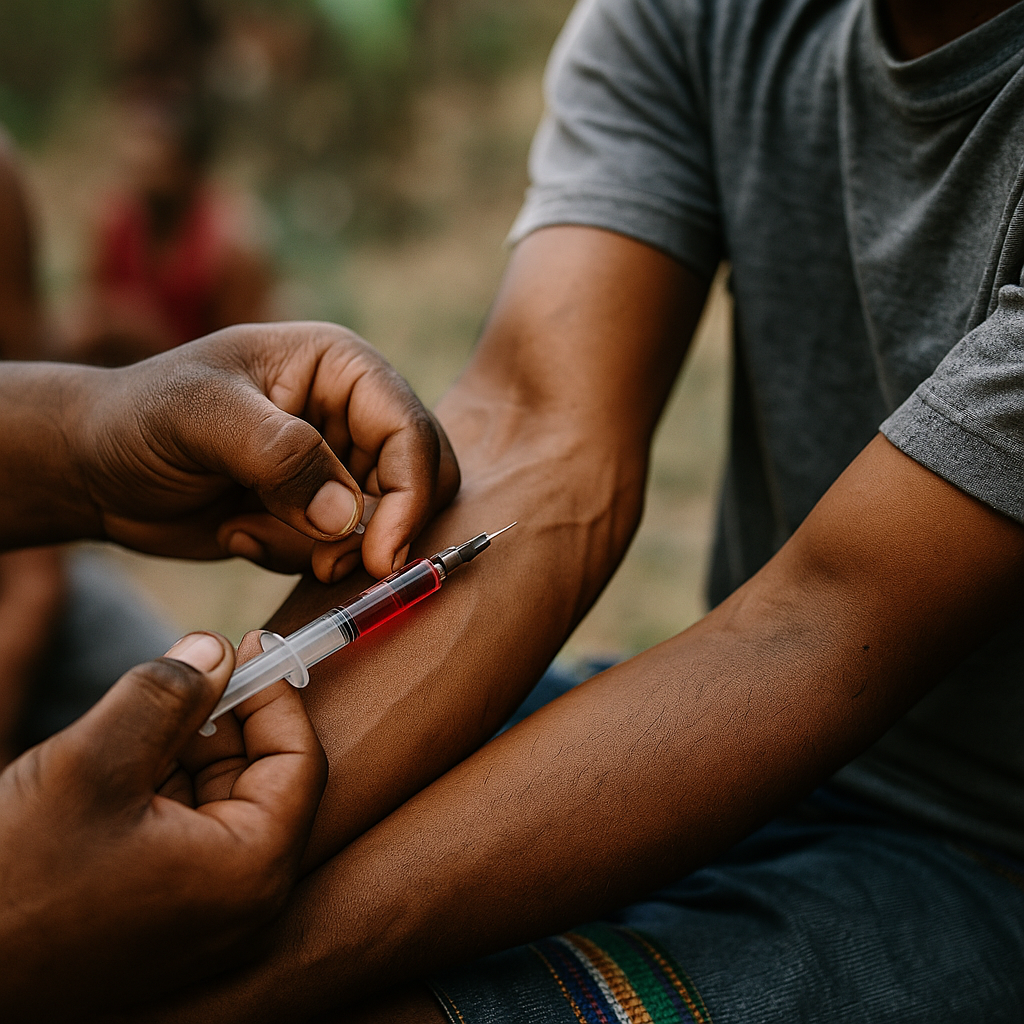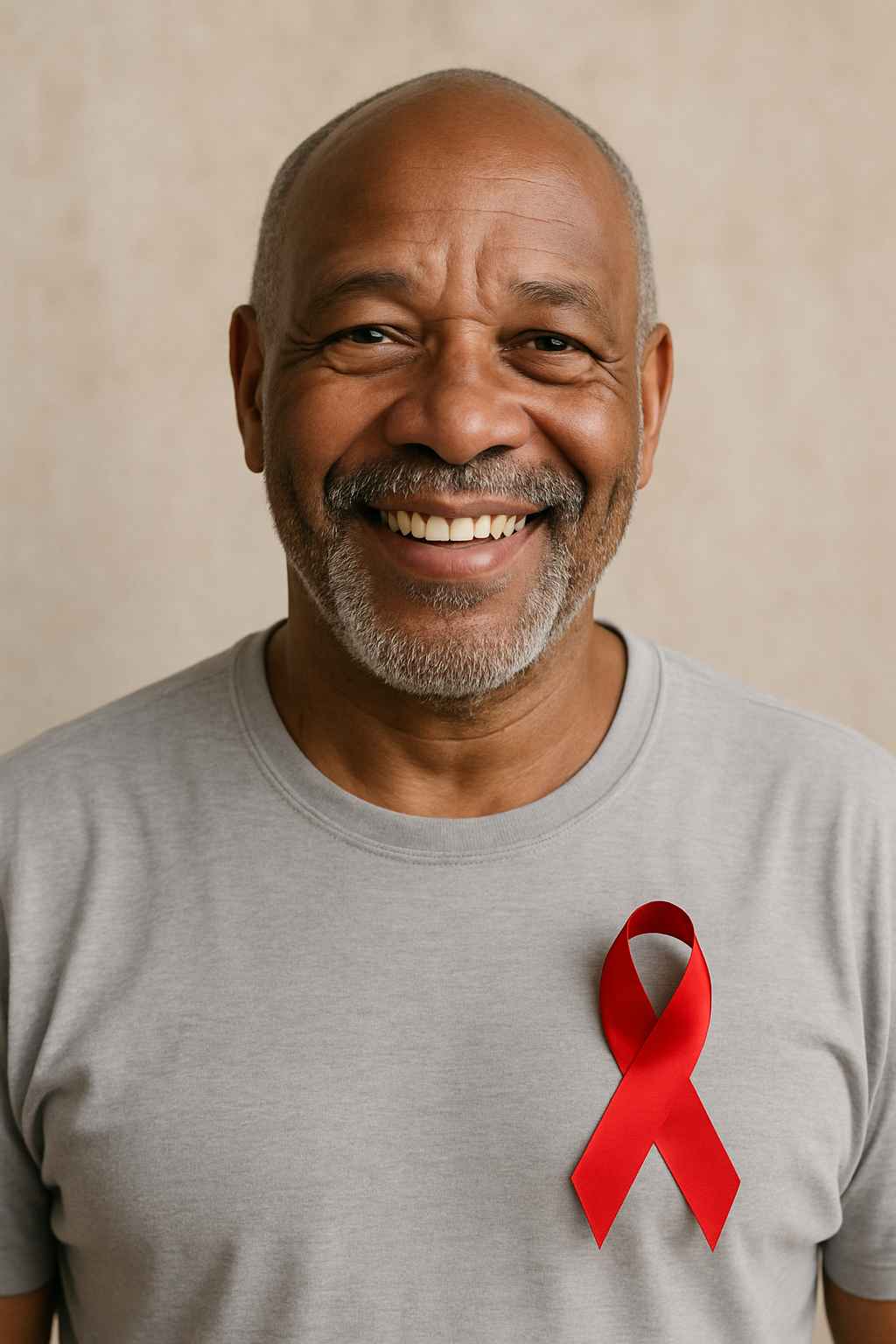Introduction
With the release of HIV treatment guidelines 2025, patients and providers face critical changes in prevention, therapy, and care strategies. These updates reflect years of new research, the approval of novel drugs, and a push toward simpler, more patient‑centered care. In this article, we walk through what’s new, what it means for people living with HIV (PLHIV) or at risk, and how these changes may reshape your options.
Table of Contents
- What’s New in the 2025 Guidelines
- Key Changes in HIV Prevention (Injectable PrEP, Lenacapavir)
- Updates in Treatment & Management for People with HIV
- Implications for Patients & Access Challenges
- Frequently Asked Questions
- Conclusion
What’s New in the 2025 Guidelines
In mid‑2025, organizations like the World Health Organization (WHO) and U.S. public health agencies introduced sweeping updates to HIV prevention and treatment frameworks. One major shift: WHO now recommends injectable lenacapavir (administered twice yearly) as an additional pre‑exposure prophylaxis (PrEP) option. Previously, PrEP was largely limited to daily pills or more frequent injectables.
On the U.S. front, the CDC updated its PrEP guidelines to add lenacapavir (marketed as Yeztugo) to its endorsed options. The clinical recommendation is grounded in two randomized trials showing strong efficacy and safety. Trials showed high effectiveness and no serious safety concerns.
Meanwhile, WHO’s guideline revisions at the IAS 2025 conference also broadened recommendations on diagnostics, simplification of care, and integrating prevention tools.
In the U.S., updated occupational exposure (PEP) guidelines for health care personnel also were published, reflecting newer antiretroviral options and refined risk assessments.
Taken together, the 2025 guidelines make prevention more flexible, treatment more streamlined, and care more individualized.
Key Changes in HIV Prevention (Injectable PrEP, Lenacapavir)
Injectable Lenacapavir as PrEP
Lenacapavir is a novel capsid inhibitor that works across multiple stages of HIV replication. Its ability to be dosed only twice a year addresses major barriers of adherence, stigma, and frequent clinic visits.
In the U.S., the FDA approved lenacapavir for HIV prevention in June 2025, and the CDC now strongly recommends it in eligible populations. Trials showed no serious safety issues, though injection site reactions and monitoring requirements apply.
Globally, WHO’s endorsement makes lenacapavir a key tool for countries aiming to expand PrEP access.
Cost and Access Considerations
One of the biggest challenges is cost and equitable access. Recent agreements aim to produce generic lenacapavir in 120 low‑ and middle‑income countries at about US $40 per person per year starting in 2027. According to UNAIDS, at scale the cost might fall further depending on demand.
Regulatory approval, supply chains, training, and stigma will also affect rollout speed and reach.
Other Prevention Tools Stay Important
Lenacapavir is not meant to replace existing prevention methods like daily oral PrEP, cabotegravir injectables, condoms, or testing strategies. The guidelines emphasize combining tools tailored to individuals and contexts.
Updates in Treatment & Management for People with HIV
While much attention is on prevention, the 2025 guidelines also include refinements for people living with HIV (PLHIV).
Simplification of therapy: The push is toward regimens with fewer pills, lower side effects, and higher barrier to resistance.
Long‑acting treatment research: Gilead’s trials combining lenacapavir with broadly neutralizing antibodies (bNAbs) are exploring twice‑yearly treatment regimens for those already virally suppressed.
Updated PEP and OI guidance: New guidelines for post‑exposure prophylaxis in occupational settings and updated opportunistic infection protocols are part of the 2025 revisions.
These changes aim to reduce the burden of care, improve adherence, and support better long‑term health for PLHIV.
Implications for Patients & Access Challenges
What Patients Should Understand
You may have new prevention options if you are HIV‑negative and at risk. Ask your provider whether injectable PrEP with lenacapavir is appropriate.
If you are living with HIV, you could benefit from simplified regimens, longer‑acting therapies, or updated care protocols.
Any change in treatment should be closely monitored by health professionals.
Barriers That Could Slow Adoption
Regulatory approval must occur country by country.
Supply chains, cold storage, provider training, and infrastructure are essential for safe rollout.
Cost and financing remain crucial bottlenecks, especially in low‑income regions.
Stigma, health literacy, and legal or social barriers could limit demand, even where the tools exist.
Frequently Asked Questions
Q: Who is eligible for injectable lenacapavir PrEP?
A: In U.S. guidelines, individuals weighing ≥ 35 kg who are at risk for HIV may use it, pending a negative HIV test before initiation and at follow‑up.
Q: Does lenacapavir replace daily PrEP pills?
A: No. It is an additional option. Daily oral PrEP, injectable cabotegravir, condoms, testing, and other tools remain part of a comprehensive prevention package.
Q: When will the low‑cost generics of lenacapavir be available globally?
A: Generic versions are planned to roll out in 120 low‑ and middle‑income countries in 2027 at around US $40 per year.
Q: Are there safety concerns with injectable PrEP?
A: Clinical trials showed no serious safety issues, though injection site reactions and monitoring requirements apply.
Q: Will these guideline changes mean fewer clinic visits?
A: For those on twice‑yearly injectable PrEP or long‑acting treatments, fewer visits are possible. But regular HIV testing, monitoring, and care for comorbidities will still be required.
Conclusion
The HIV treatment guidelines 2025 represent a major leap forward in how we prevent and manage HIV. From the inclusion of injectable lenacapavir (twice‑yearly PrEP) to streamlined treatment options and updated exposure protocols, the changes mark a move toward more flexible, patient‑centered care. Implementation will take time, and challenges — especially around cost and infrastructure — remain. But for patients and providers, these guidelines open new possibilities for safer, simpler, and more accessible HIV prevention and treatment.
This content is not medical advice. For any health issues, always consult a healthcare professional. In an emergency, call 911 or your local emergency services.




